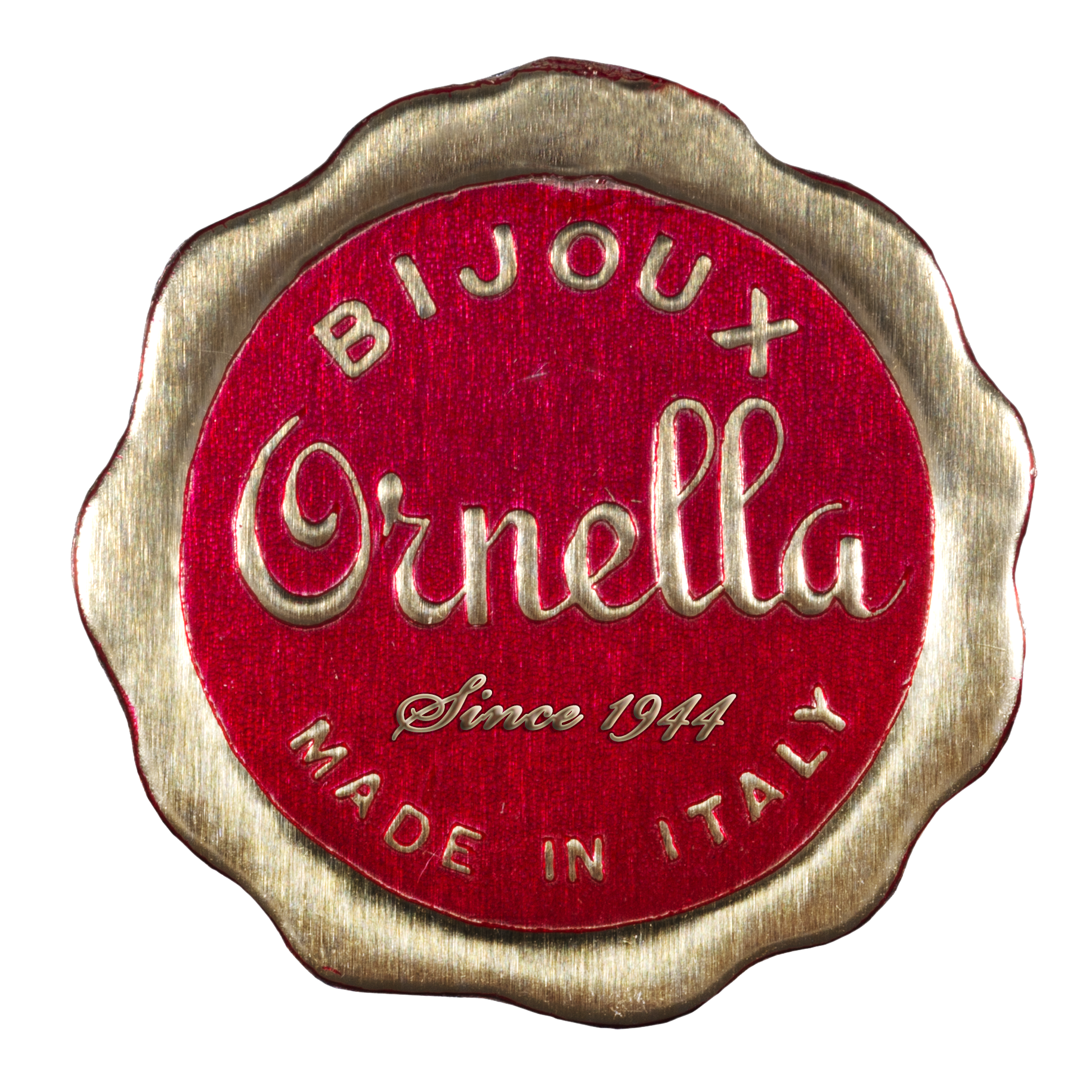William Bertoia: traditional mosaic art in dialogue with innovation
Friul Mosaic is a family-run craft company of artistic mosaics, founded by William Bertoia in 1987.
The atelier draws on an important tradition, with an eye towards contemporary design: starting from the concept, for which innovative motifs and original compositions are sought, each mosaic is made by hand, tile after tile, respecting the traditional techniques.
Wall mosaic decorations, floor coverings, artistic and architectural solutions are all rigorously made to measure, with mastery, rigor and accuracy, without forgetting creativity and innovation. In fact, alongside classic motifs, original and modern textures are proposed, inspired by nature, works of art and myth, but also by modern mosaic as an interior design element.
In 2020, William Bertoia gained the “MAM – Master of Art and Crafts” title, bestowed by the Cologni Foundation.
What was your path and how did you start doing this job?
My path as a mosaicist began as a child with the finding of a bag of marble tiles belonging to my grandfather, a master mosaicist and terrazzo craftsman.
Then, I attended and graduated from the Scuola Mosaicisti del Friuli (Mosaic School of Friuli) in Spilimbergo.
I started working in the marble workshops in the area and then, in 1987, I opened my own mosaic company.
Friuli is recognized all over the world for the tradition of mosaic. How important was the bond with the territory for your work?
The craft spread in Friuli Venezia Giulia region during the Roman Empire in the city of Aquileia. Here, in the early Christian period, it was then transformed from a decorative art, for private homes and public spaces, to sacred art for the decoration of the churches.
The technique was also used in the Byzantine period (of which we have an astonishing example in the apse of the cathedral of San Giusto in Trieste), whose workers then formed the basis for the workshops of Venice, during the birth of the guilds.
When the guild of terrazzo craftsmen and mosaic artists was born, many of these masters were Friulians.
After the fall of the Venetian Republic, the Friulian artisans spread out across the major European cities of the time, due to the closure of almost all the workshops.
They opened ateliers in Paris, Copenhagen, Berlin. However, the bond with the region remained alive, and this led to the creation of the Spilimbergo school. The various styles are taught here: Roman, Byzantine, Renaissance and contemporary; direct and indirect processing, the latter entering the world of mosaic around 1860.
This process allows work to be carried out in the workshop on any type of decoration required, whether ancient or modern and of any size.
When there is a large order, we resort to the collaboration of other workshops and artisans of the area, whose work is high-quality and we know what to expect; this is important because the execution must be homogeneous, as if done by a single hand.
Friul Mosaic, the company I founded in 1987, hired almost all mosaic artists who graduated from the Spilimbergo School, where I finished my studies in 1961. Natalina, one of my first collaborators, now leads the workshop. My daughters, sons-in-law and first grandson operate within the company in different roles, according to their skills; production and installation of the mosaic for the males, who learned this art in the ateliers of the area, as well as alongside me on various construction sites in Italy and abroad; my daughters Barbara and Tiziana take care of the relationship with customers and architects, organize participation in fairs and draw up estimates. They have thirty years of experience by now. Barbara has a degree in Business Economics and Tiziana has a diploma as a Business Expert and foreign languages. They have been surrounded by mosaic from an early age and decided, once they finished their studies, to join the family business, a work environment that requires a specific know-how on how to promote, lead and manage the work of around thirty people.
Your works are true masterpieces of mosaic decoration, some of significant size. How do you organize your work? Do you have collaborators who assist you?
The mosaicist’s work begins with the preparation of the design and the choice of materials to use for the creation of the mosaic. Then we move on to the distribution of tasks to the staff: cutting the materials, gluing the tiles, checking the dry work, then packaging and shipping. Finally, inspection of the construction site and verification of the surfaces intended for the setting up of the mosaic.
The company includes mosaic artists, technical designers, administrative staff, promotion and marketing staff, and staff responsible for cutting the marble to produce the tiles.
How many hours of work does the creation of a large-scale work require?
The creation of a work depends on several factors: type of decoration, type of materials (which can be for example marble, vitreous enamel or others), size of the tiles and size of the work. It can take from four hours per square meter, for the simplest surfaces, to well over 100 hours per square meter for micromosaics with minute and complex decorations.
What styles and techniques do you prefer?
As a mosaicist I have no style preferences, certainly the more complex creations leave a more vivid memory.
Who are the clients of your works and what has been the most interesting work you have created so far?
The clients are of various kinds, and they follow all the phases of the setting up.
They can be religious institutes for which we create mosaic works of sacred art; owners of shops, hotels, private villas – for such buildings we create walkable surfaces or walls decorated in mosaic, swimming pools and wellness areas, floors, entrances and rooms – public bodies which commision us mosaic surfaces with decorations of representative subjects or themes; but also designers and marble workers.
For me, the most interesting work, among the many I carried out, can be considered, in terms of prestige and size, the covering of the dome of the National Sanctuary of Nossa Señora Aparecida: over 2000 squared meters of enamel and gold for the largest basilica in the world, dedicated to the Virgin Mary, which welcomes 13 million pilgrims a year.
However, the projects we have created for major fashion brands are also very important, such as Dolce&Gabbana, Marni, and others that I cannot mention for confidentiality.
How important is, in your opinion, handing down craft know-how to new generations?
Experience and knowledge of this craft is very useful for new generations and their education.
Care, love for art and lasting beauty have a positive impact on coexistence and civic awareness. The masterpieces handed down over the centuries are evidences of the work of great artists and masters of the past.
This can also be our case: the works produced in recent years will be witnesses for centuries of our ability and know-how.
What are your plans for the future of the business?
Personally, I can plan only a short-term future, being 80 years old! I would like to conclude my work as a mosaic artist with a personal exhibition. That could be a review of works, ranging from sacred art in Byzantine style, to the mosaic translation of famous works by impressionists, ending with contemporary mosaic compositions. I am thinking about fifteen works to be exhibited in some cities, to make this art more known and appreciated.
As Friul Mosaic company, founded by me in 1987, now directed by my daughters Barbara and Tiziana, by the workshop manager Natalina and my nephew Nicola who is responsible for the marketing, the future seems to be on an excellent path. There is no shortage of projects, work is progressing well, and exept for pandemics or other calamities, our contribution in this field will continue to be operating and rewarding.
Friul Mosaic
Via San Giacomo, 42 – San Martino al Tagliamento (Pordenone)
Ph. +39 0434 89191
info@friulmosaic.com
www.friulmosaic.com







